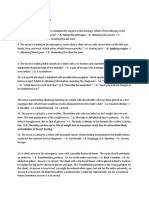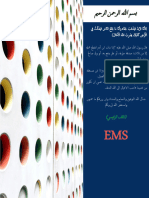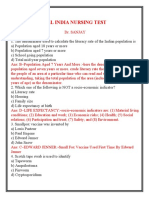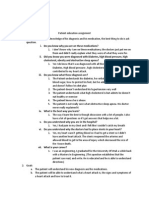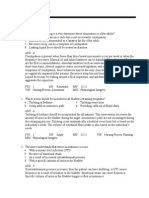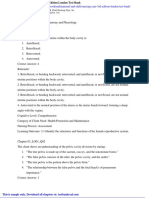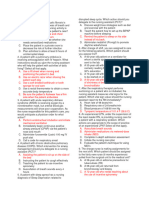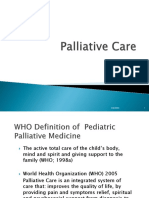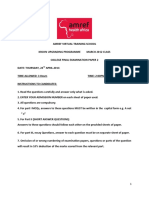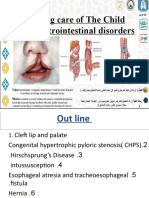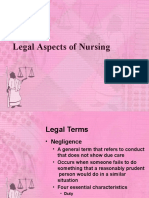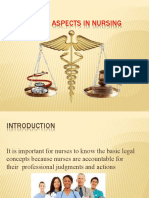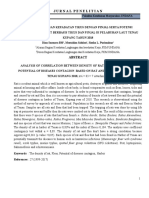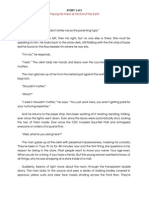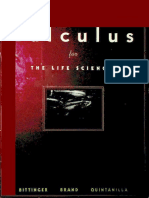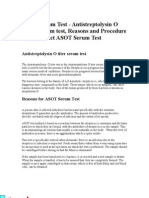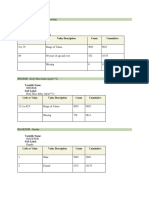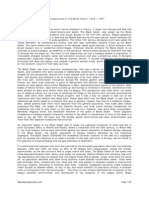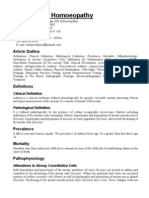100% found this document useful (1 vote)
157 views11 pagesGastro Key Notes
1. Esophageal atresia with tracheoesophageal fistula is a birth defect where the esophagus fails to form completely and is abnormally connected to the trachea. It can be caused by factors like maternal smoking and alcohol use. Symptoms include coughing, choking, and cyanosis. Treatment involves ligation of the fistula and surgical repair of the esophagus.
2. Congenital megacolon is a condition where ganglionic nerve cells are absent in the colon, causing extreme dilation. It has no known cause. Symptoms include delayed passage of meconium and constipation. Management involves colonic irrigation, enemas, and surgical removal of the aganglionic
Uploaded by
Hannah aswiniCopyright
© © All Rights Reserved
We take content rights seriously. If you suspect this is your content, claim it here.
Available Formats
Download as DOCX, PDF, TXT or read online on Scribd
100% found this document useful (1 vote)
157 views11 pagesGastro Key Notes
1. Esophageal atresia with tracheoesophageal fistula is a birth defect where the esophagus fails to form completely and is abnormally connected to the trachea. It can be caused by factors like maternal smoking and alcohol use. Symptoms include coughing, choking, and cyanosis. Treatment involves ligation of the fistula and surgical repair of the esophagus.
2. Congenital megacolon is a condition where ganglionic nerve cells are absent in the colon, causing extreme dilation. It has no known cause. Symptoms include delayed passage of meconium and constipation. Management involves colonic irrigation, enemas, and surgical removal of the aganglionic
Uploaded by
Hannah aswiniCopyright
© © All Rights Reserved
We take content rights seriously. If you suspect this is your content, claim it here.
Available Formats
Download as DOCX, PDF, TXT or read online on Scribd
/ 11




